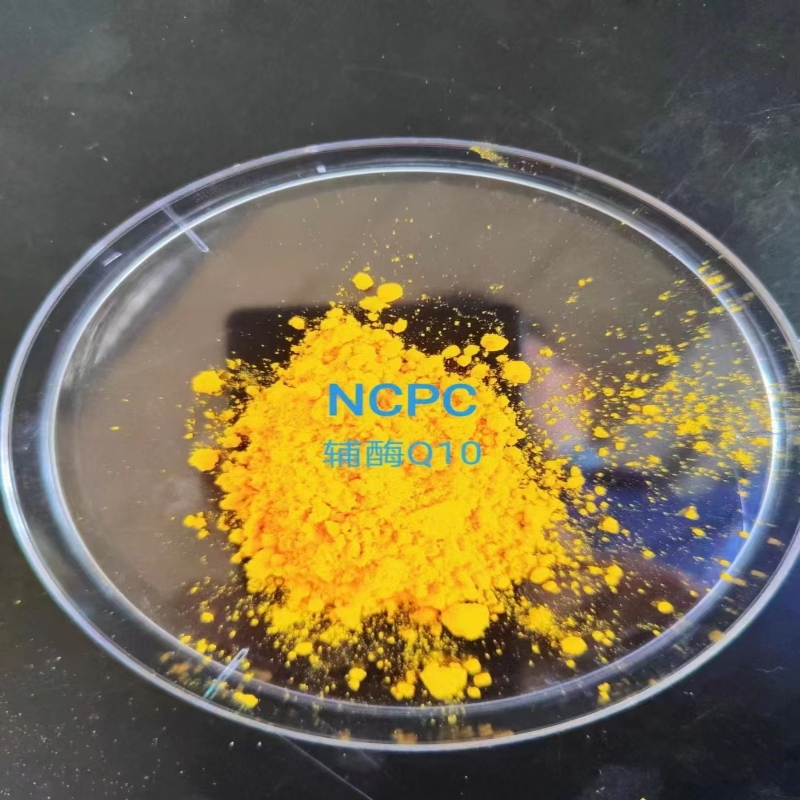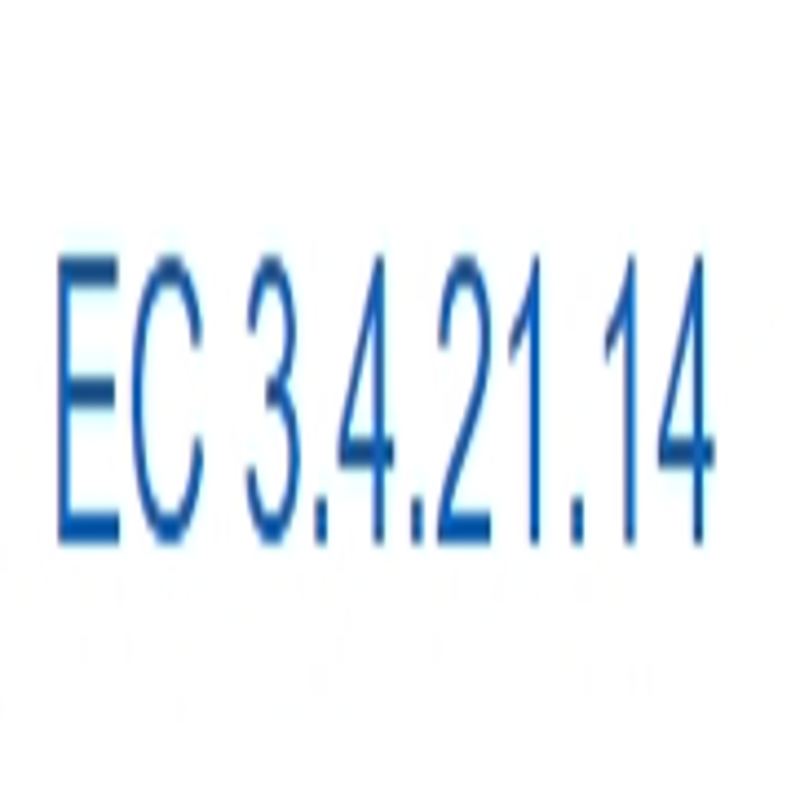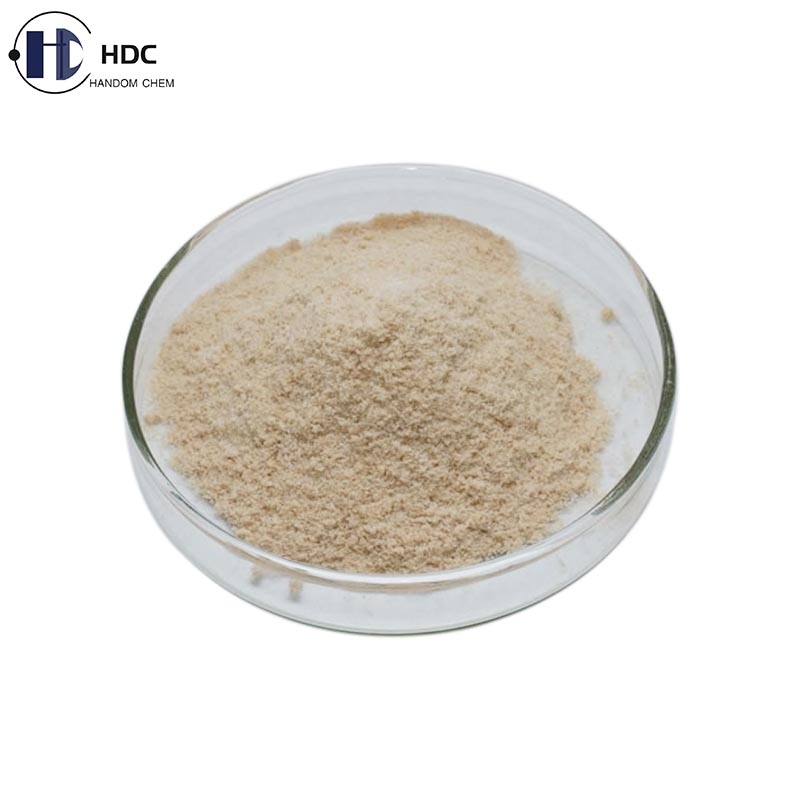Progress in computational analysis of the catalytic mechanism of carboxylic acid reductase
-
Last Update: 2019-02-05
-
Source: Internet
-
Author: User
Search more information of high quality chemicals, good prices and reliable suppliers, visit
www.echemi.com
Carboxylic acid reductase (car) is a kind of multifunctional enzyme, which is widely distributed in bacteria , fungi and some plants, depending on cofactors ATP and NADPH, can effectively catalyze the chemical reaction from carboxylic acid to aldehyde It not only has mild reaction conditions, broad substrate spectrum, strong pertinence, and can specifically identify carboxylic acid groups, but also can solve the environmental pressure and energy source problems caused by chemical synthesis, significantly reducing the resource and energy consumption in the production process In addition, car can also form a cascade reaction with alcohol dehydrogenase, transaminase and imine reductase to generate downstream compounds with high added value, such as alcohol, ammonia and imine, which can be used in the fields of additives, clean energy, fine chemicals and biomedicine The enzyme has important basic research value and broad market application prospect, but there is no in-depth study on its catalytic mechanism Recently, the research team of enzyme molecular engineering and industrial biocatalysis, led by sun Zhoutong, researcher of Tianjin Institute of industrial biotechnology, Chinese Academy of Sciences, has applied molecular dynamics simulation and quantum chemical calculation technology to the study of segniliparus Srcar, a carboxylic acid reductase from rugosus, was analyzed at the atomic level The enzyme catalyzes three stages, namely adenosylation, thioesterification and reduction Because the first two reactions take place in the same catalytic pocket, the enzyme achieves this by large-scale domain allosteric effect In this paper, the molecular dynamics simulation technology was used to reveal the important roles played by two lysines (lys689 and lys528) in this process, and their catalytic function was proved by site-specific mutation experiment; at the same time, other key amino acid sites which play a role in substrate recognition and product release were found by protein ligand interaction fingerprint analysis Through adenosylation and thioesterification, the carboxylic acid substrate is catalysed as a thioester complex In the final reduction stage, the thioester complex receives a hydrogen anion (from the nucleophilic NADPH) and a hydrogen proton (from the water solvent), and is reduced to the corresponding aldehyde product In this process, the mechanism of the transfer path and sequence of the two hydrogen ions is not clear In order to solve this scientific problem, the researchers constructed a variety of QM cluster reaction models and calculated them using density functional theory It was found that the reaction energy barrier of hydrogen anion priority transfer and hydrogen proton transfer by "Lys Tyr thr" path was the lowest, and then the reduction mechanism of the enzyme was analyzed from the atomic water level The above research was supported by the "Hundred Talents Program" of the Chinese Academy of Sciences and the program for the selection of overseas students in Tianjin The relevant results have been published online in the International Journal of chemical information and modeling Qu Ge, an assistant researcher of Tianjin Institute of technology, and Fu Xing, a graduate student of Nanjing University of technology, are the co first authors of the paper, and sun Zhoutong is the corresponding author.
This article is an English version of an article which is originally in the Chinese language on echemi.com and is provided for information purposes only.
This website makes no representation or warranty of any kind, either expressed or implied, as to the accuracy, completeness ownership or reliability of
the article or any translations thereof. If you have any concerns or complaints relating to the article, please send an email, providing a detailed
description of the concern or complaint, to
service@echemi.com. A staff member will contact you within 5 working days. Once verified, infringing content
will be removed immediately.







